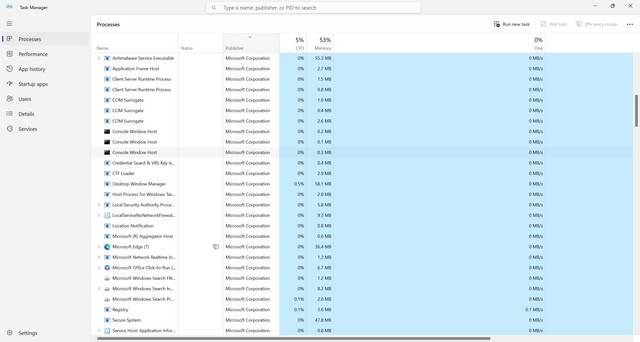When it comes to managing and automating tasks in the Windows operating system, PowerShell is a powerful tool that can greatly enhance your productivity. One of the components of PowerShell is the PowerShell Integrated Scripting Environment (ISE), which provides a user-friendly interface for writing, testing, and debugging PowerShell scripts. In this article, we will explore what PowerShell_ise.exe is, its purpose, and whether or not you should remove it from your system.

What is PowerShell_ise.exe?
PowerShell_ise.exe is the executable file for the PowerShell Integrated Scripting Environment (ISE). It is a graphical user interface (GUI) application that allows users to write, edit, and execute PowerShell scripts. The ISE provides features such as syntax highlighting, code completion, and debugging tools, making it easier for users to develop and test their PowerShell scripts.
PowerShell_ise.exe is typically located in the “C:\Windows\System3\2WindowsPowerShellv1.0” directory on a Windows system. It is a legitimate file that is included with the Windows operating system and is not considered malware or a virus.
What is the Purpose of PowerShell_ise.exe?
The purpose of PowerShell_ise.exe is to provide a user-friendly environment for writing, testing, and debugging PowerShell scripts. PowerShell is a command-line shell and scripting language that is designed for system administration and automation tasks. While the command-line interface of PowerShell is powerful, it can be intimidating for users who are not familiar with command-line interfaces.
The PowerShell ISE addresses this issue by providing a graphical interface that makes it easier for users to write and execute PowerShell scripts. It includes features such as syntax highlighting, code completion, and a built-in console for executing commands and viewing their output. These features help users write more efficient and error-free scripts.
Should I Remove PowerShell_ise.exe?
No, you should not remove PowerShell_ise.exe from your system. It is a legitimate component of the Windows operating system and is required for the proper functioning of PowerShell ISE. Removing PowerShell_ise.exe can cause issues with any scripts or tools that rely on the ISE.
However, if you do not use PowerShell or have no need for the Integrated Scripting Environment, you can choose not to use it. PowerShell_ise.exe does not run automatically on startup, so it does not consume system resources unless you explicitly launch it.
If you are concerned about the security of PowerShell_ise.exe or suspect that it may be infected with malware, it is recommended to scan your system with a reputable antivirus or anti-malware software. Malwarebytes Free is a popular choice for scanning and removing malware. You can download and run a scan with Malwarebytes Free from their official website: Malwarebytes Free.
Conclusion
PowerShell_ise.exe is the executable file for the PowerShell Integrated Scripting Environment (ISE). It provides a user-friendly interface for writing, testing, and debugging PowerShell scripts. While it is not necessary to remove PowerShell_ise.exe from your system, you can choose not to use it if you do not have a need for the Integrated Scripting Environment.
Remember to always exercise caution when downloading and executing scripts from untrusted sources. PowerShell scripts can be powerful and have the potential to cause harm if used maliciously. If you suspect that PowerShell_ise.exe or any other file on your system may be infected with malware, it is recommended to scan your system with a reputable antivirus or anti-malware software like Malwarebytes Free.










